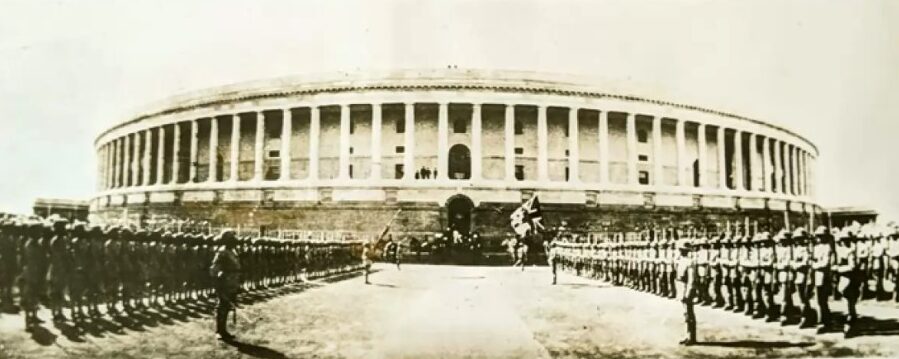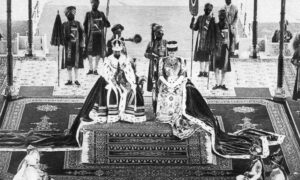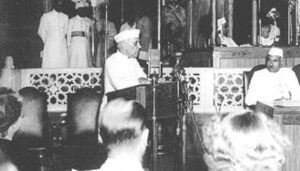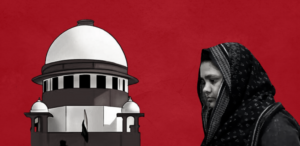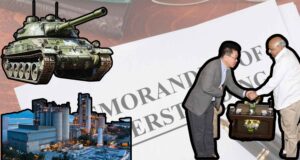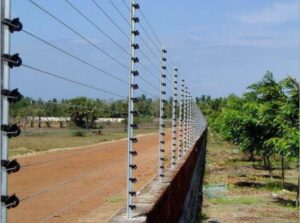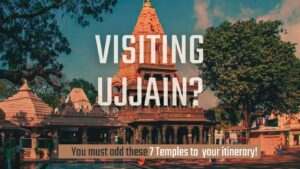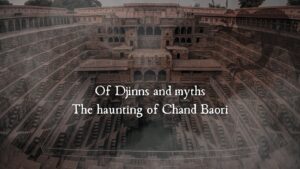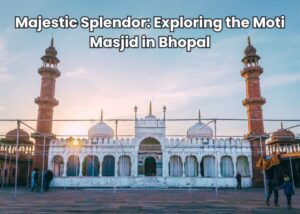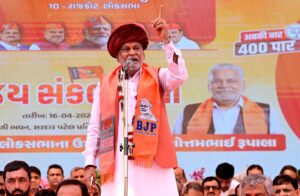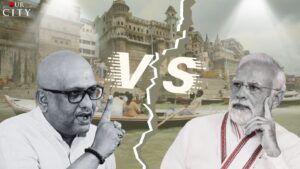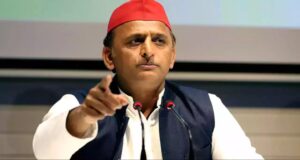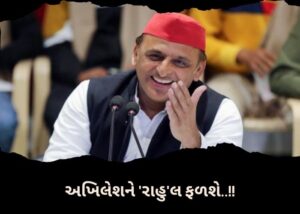On February 12, 1921, twenty-six years before India’s independence, Britain’s Duke of Connaught lay the foundation stone of Parliament House, proclaiming that the House will stand
“as the symbol of India’s rebirth to yet higher destinies.”
As we watched the last session at the old house of Parliament today, let’s celebrate the fact that the halls of the ‘old’ Parliament building will always echo what they have witnessed in their life span of 96 years. Inaugurated by Lord Irwin, the then viceroy amid fanfare, the monument has witnessed colonial rule, the Second World War, the dawn of Independence, adoption of the Constitution and the passage of many legislations; some revolutionary and many controversial.
The voyage of the old Parliament is not only its architectural grandeur but also its storied legacy, as it is a historical monument that has steered India’s fate before and after Independence for more than nine decades. Under the reign of King George V, it symbolised the change of the imperial capital’s relocation from Calcutta to Delhi. Apart from the capital relocation, many historic events took place while ground- breaking decisions have also been taken.
Simon Go Back
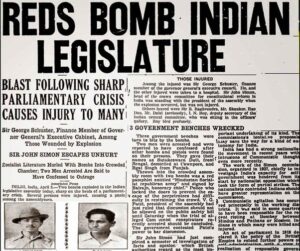 The old Parliament, which has been around for many years, is the shrine of Indian democracy. On April 8, 1929, rebels Bhagat Singh and Batukeshwar Dutt shook the old Parliament, which was ruled by the British Raj. The Hindustan Socialist Republican Army (HSRA)’s message was printed on red flyers that the two freedom fighters dropped from the Visitors’ Galleries.
The old Parliament, which has been around for many years, is the shrine of Indian democracy. On April 8, 1929, rebels Bhagat Singh and Batukeshwar Dutt shook the old Parliament, which was ruled by the British Raj. The Hindustan Socialist Republican Army (HSRA)’s message was printed on red flyers that the two freedom fighters dropped from the Visitors’ Galleries.
When Sir John Allsebrook Simon and other people were in the Central Legislative Assembly, Singh and Dutt detonated bombs. Strong protests against the Simon Commission spread throughout the nation, and “Simon Go Back” emerged as one of the most potent catchphrases of pre-Independent India.
At the stroke of midnight
It is this Parliament that the famous “Tryst with Destiny” address was given by Jawaharlal Nehru, the first Indian Prime Minister, on August 15, 1947. At the start of independence, the Constituent Assembly transferred power during a midnight session.
Blood, Sweat and Tears Post- Independence
As the special session is going to move to the ‘New’ Parliament house tomorrow on the occasion of Ganesh Chaturthi, we wish that the ‘Vighnaharta’ would eliminate all the vighnas for its smooth functioning. Over 7500 parliamentarians have served in the old building making it a memorial entailing of heritage value. From Pandit Nehru, Lal Bahadur Sashtri, PV Narasimharao, Atal Bihari Vajpayee, Manmohan Singh to Narendra Modi, many decisions have been taken in the old Parliament house under their leadership making it a living legacy.
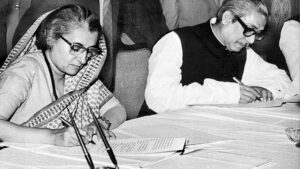 We must keep in mind the narrative, ethos, and democratic values that the Parliament building, which was intended as part of a bigger mandate and symbolising India’s holy tryst with independence, envisioned for India post-Independence.
We must keep in mind the narrative, ethos, and democratic values that the Parliament building, which was intended as part of a bigger mandate and symbolising India’s holy tryst with independence, envisioned for India post-Independence.
It was this parliament that saw the Bangladesh Liberation Movement and its support under the leadership of Indira Gandhi, while the same building has also witnessed the attack on democracy during emergency.
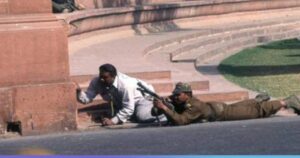 Deliberations on the famous ‘cash- for- vote’ scam during Manmohan Singh government also happened within the walls of the old parliament. The Parliament has also been attacked. In a White Ambassador wearing bogus Home Ministry stickers, Lashkar-e-Taiba (LeT) and Jaish-e-Mohammed broke into the Indian Parliament’s grounds on December 13, 2001. The assailants breached successive security barriers while waving AK-47 rifles, grenades, grenade launchers, and handguns. Despite the fact that all MPs made it out alive, the incident left nine persons dead and 18 others hurt, including six Delhi police and two members of the Parliament security team.
Deliberations on the famous ‘cash- for- vote’ scam during Manmohan Singh government also happened within the walls of the old parliament. The Parliament has also been attacked. In a White Ambassador wearing bogus Home Ministry stickers, Lashkar-e-Taiba (LeT) and Jaish-e-Mohammed broke into the Indian Parliament’s grounds on December 13, 2001. The assailants breached successive security barriers while waving AK-47 rifles, grenades, grenade launchers, and handguns. Despite the fact that all MPs made it out alive, the incident left nine persons dead and 18 others hurt, including six Delhi police and two members of the Parliament security team.
The recent abrogation of Article- 370 is the biggest verdict which emerged from the old house. While the Goods and Service Tax (GST) was also passed here. One rank one pension was also decided in this house while 10% reservation for people belonging to the Economically Weaker Section (EWS) was successfully allowed and implemented for the first time in history without any dispute.
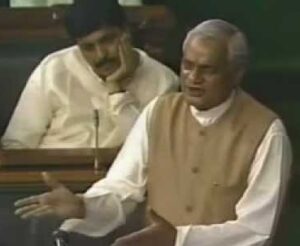 Along with the 140 crore citizens, countless ideological differences, we have still survived through the old parliamentary sessions and doing great as the largest democracy which reminds us of Atal Bihari Vajpayee’s quote from one of the assemblies at the parliament:
Along with the 140 crore citizens, countless ideological differences, we have still survived through the old parliamentary sessions and doing great as the largest democracy which reminds us of Atal Bihari Vajpayee’s quote from one of the assemblies at the parliament:

